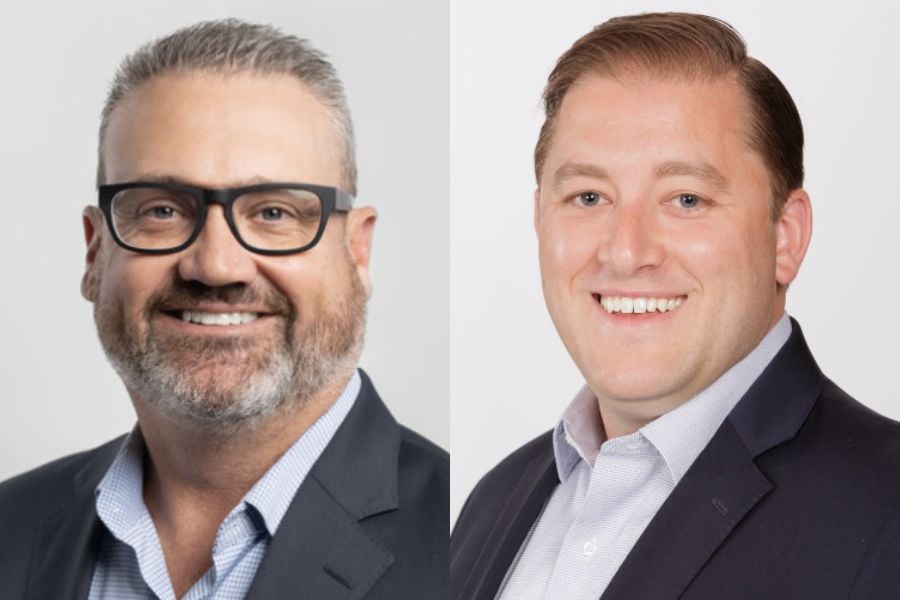

The S&P 500 returned an impressive 10.6 percent in the first quarter of 2024. And that was on top of last year’s more than 24 percent gain. That’s not bad for financial advisors seeking to curry favor with their clients.
It also might be why derivative income or covered-call funds are exploding right now as more advisors and investors believe the bulls might be on their last legs.
Or at least pausing to catch their breath before the next move higher.
In March, the covered-call fund category (both mutual funds and ETFs) totaled more than $84.6 billion in assets, up from $53.6 billion the prior year and $5.1 billion a decade ago, according to Morningstar. Such strategies generally pay high dividends and reduce the volatility in a portfolio, while still offering the hope of some capital appreciation, even if it is capped at some point.
Joseph Castiglie, chief investment officer at SYKON Capital, is certainly a fan of the strategy, saying the use of call or put writing funds offers a “seamless” opportunity to help enhance portfolio yield without the need to consistently monitor individual option positions and variables like assignment risk or options being exercised.
“You can own areas of the market that traditionally pay lower dividends, such as technology stocks, and utilize the higher realized volatility of those sectors to write options for larger premiums, as higher volatility increases option premiums, with all other variables being equal,” said Castiglie.
Barry Martin, portfolio manager of the $651 million Shelton Equity Income Fund, says he has seen substantial inflows over the past year as stocks continue to flirt with all-time highs. Unlike most other funds which sell index-calls on the S&P 500, Martin’s fund sells calls on individual stocks, enabling him to goose his fund’s yield to around 8.2 percent.
“Covered call strategies make a lot of sense at these levels,” said Martin. “And with volatility expanded, you can actually sell calls that are further out of the money when volatility is lower. So you get a little more upside.”
And volatility has indeed been lower with the VIX spending much of the past 6 months below the 14 level, only recently popping higher due to geopolitical worries.
Zachary Evens, manager research analyst at Morningstar, says fund flows into this space slowed toward the end of 2023 as equity markets rebounded. But they picked back up during the first couple of months of 2024, likely because investors thought the market was overvalued and saw these funds as a way to stay invested and earn income, while hedging their stock market risk.
“While yields have dipped a little, for many covered-call ETFs, they’re still above many bond funds and most dividend funds,” Evens said. “However, with lower yields on these products, investors may look to bond funds instead to satisfy their income requirement – many bond funds offer competitive yields with less expected risk than covered-call funds.”
Pat Nerney, senior vice president of investments at Dynasty Financial Partners, recommends using covered call strategies only during “sideways” markets due to the fact that it entails selling off potential upside returns.
“Over the last 1 and 3 years from an opportunity cost perspective you’ve been killed relative to just holding the index outright,” said Nerney. “This should be looked at as a tactical allocation, as a complement to a direct long holding of the underlying index.”
As for the risks of this type of fund, Martin says the first is “opportunity cost,” so those that are bullish on the market may want to steer clear.
“Another one of the downsides is that if the market takes a tumble down, you do own those equities, so you have to remember that,” said Martin. “Still, you'll be offset by the option premium that you receive from selling those calls. You might be offset about 8 percent, so if the market' is down 20 percent then you probably will only be down maybe 10 to 12 percent.”

A new proposal could end the ban on promoting client reviews in states like California and Connecticut, giving state-registered advisors a level playing field with their SEC-registered peers.

Morningstar research data show improved retirement trajectories for self-directors and allocators placed in managed accounts.

Some in the industry say that more UBS financial advisors this year will be heading for the exits.

The Wall Street giant has blasted data middlemen as digital freeloaders, but tech firms and consumer advocates are pushing back.

Research reveals a 4% year-on-year increase in expenses that one in five Americans, including one-quarter of Gen Xers, say they have not planned for.
Orion's Tom Wilson on delivering coordinated, high-touch service in a world where returns alone no longer set you apart.
Barely a decade old, registered index-linked annuities have quickly surged in popularity, thanks to their unique blend of protection and growth potential—an appealing option for investors looking to chart a steadier course through today's choppy market waters, says Myles Lambert, Brighthouse Financial.
